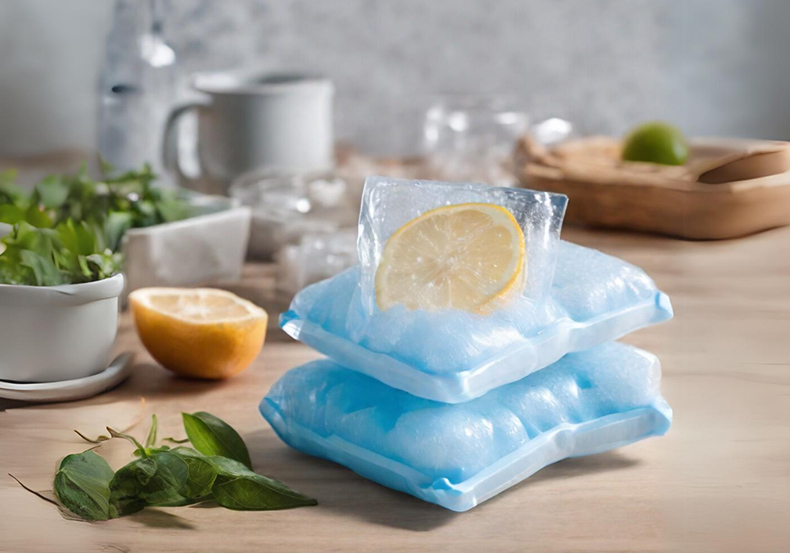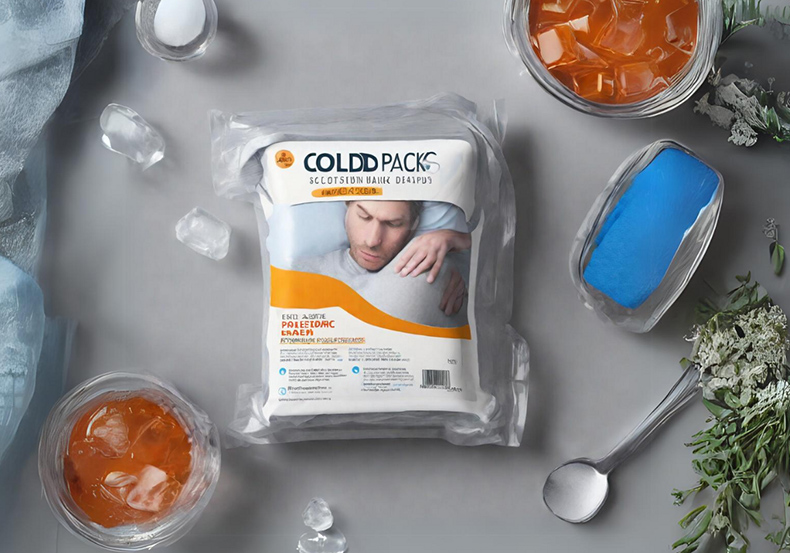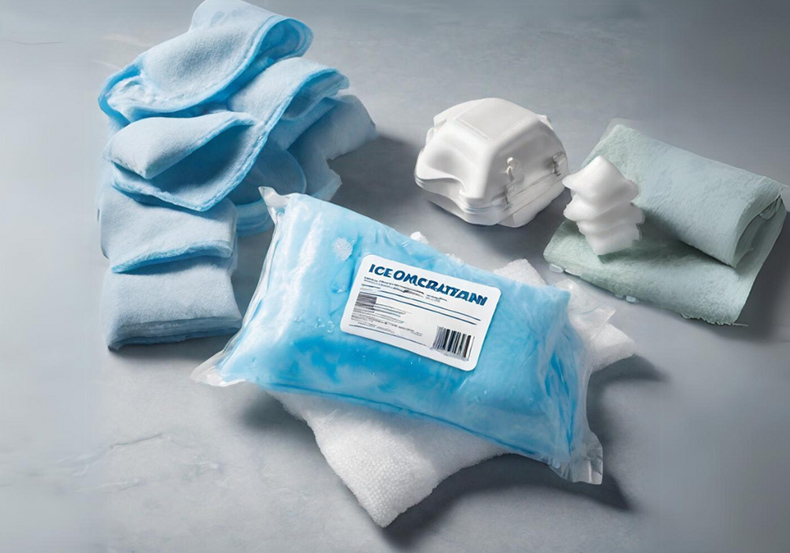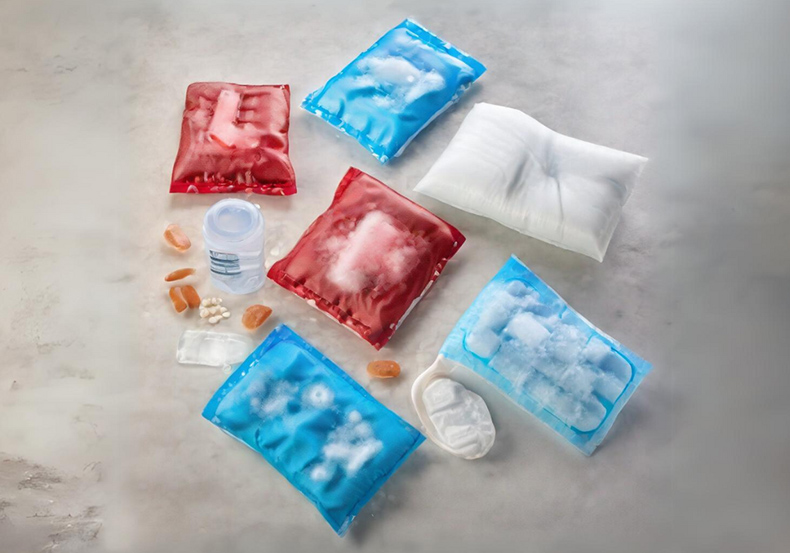A Cool Solution for Every Occasion
Australia, with its scorching summers and active outdoor lifestyle, has long sought innovative solutions to beat the heat. One such invention that has become indispensable, particularly during emergencies and outdoor activities, is the Instant Ice Pack. This convenient and portable cold pack has found its way into homes, first aid kits, and medical facilities across the country, offering a quick and effective means of alleviating pain and inflammation. In this article, we explore the origin of instant ice packs, their convenience for Australians, their medical applications, popular stores stocking them, and some fascinating facts about these icy companions.



Origin of Instant Ice Packs
The concept of instant ice packs can be traced back to the late 19th century when scientists began experimenting with chemical reactions that could produce rapid cooling effects. The modern instant ice pack, as we know it today, emerged in the mid-20th century with the development of the disposable, self-cooling bag. These packs typically contain water and a substance, such as ammonium nitrate, separated by an inner barrier. When the inner barrier is broken, the chemicals mix, initiating an endothermic reaction that absorbs heat from the surroundings, leading to a rapid drop in temperature.
Convenience for Australians
Australians, known for their love of outdoor activities, have embraced instant ice packs as a portable and effective way to manage injuries and cool down in the country’s hot climate. Whether it’s a sports event, a camping trip, or a day at the beach, having instant ice packs on hand provides a quick and efficient instant cooling option for relief from pain, swelling after sporting injuries, minor burns, and swelling of the body. The handy pack size and ease of use make them a must-have in first aid kits and a valuable addition to any adventure.



Medical Applications:
Instant ice packs play a crucial role in the immediate treatment of minor injuries, especially in situations where access to traditional ice sources may be limited. These handy packs are commonly used to reduce swelling and numb pain associated with a sprain, strain, and minor injuries. The rapid cooling effect can also be beneficial for managing heat-related illnesses, making them an essential tool in Australia’s warm climate.
Famous Stores to Check Out
In Australia, various stores cater to the growing demand for instant ice packs. Major pharmacy chains such as Chemist Warehouse and Priceline Pharmacy stock various instant ice packs, offering different sizes and formulations to suit diverse needs. Sporting goods stores like Rebel Sport and outdoor retailers like BCF (Boating, Camping, Fishing) also carry a selection of instant ice packs, targeting the adventure-loving demographic.



Fascinating Facts:
- Environmentally Friendly Options: Some instant ice packs are designed to be cost-effective and environmentally friendly, using biodegradable materials or alternative cooling methods to minimize their impact on the environment.
- Customizable Options: Some instant ice packs come with adjustable straps or wraps, allowing users to secure the pack in place, ensuring optimal contact with the affected area.
- Educational Tool: Instant ice packs are often used as educational tools in first aid training programs, teaching individuals how to administer immediate care in emergency situations.
What is the difference between cold packs and heat packs
Cold packs and heat packs are both therapeutic tools used to manage pain and injuries, but they differ in their applications and the physiological effects they produce. Here are the key differences between cold packs and heat packs:
Temperature:
- Cold Packs: These are designed to provide a cooling effect. They typically contain a gel or substance that remains flexible when frozen. When applied to the skin, cold packs help constrict blood vessels, reduce blood flow to the affected area, and numb nerve endings, resulting in decreased inflammation and pain.
- Heat Packs: These are designed to generate warmth. They may contain materials like rice, gel, or chemical compounds that produce heat when activated. Heat packs increase blood flow to the targeted area, relax muscles, and soothe discomfort.
Purpose:
- Cold Packs: Best suited for acute injuries or inflammation, such as sprains, strains, and swelling. They are effective in reducing pain and controlling the initial inflammatory response.
- Heat Packs: Ideal for chronic conditions or muscle stiffness. Heat promotes relaxation, soothes muscle spasms, and enhances flexibility. It is commonly used for conditions like muscle strains, and arthritis, or before engaging in activities to warm up muscles.
Timing of Application:
- Cold Packs: Typically applied immediately after an injury or during the acute phase of inflammation. They are effective in the first 48 hours following an injury.
- Heat Packs: Applied after the initial acute phase, usually 48 hours or more after the injury. Heat is beneficial for chronic conditions or persistent muscle tension.
Contraindications:
- Cold Packs: Should not be applied directly to the skin for an extended period, as this may lead to frostbite. Individuals with circulatory issues should consult a healthcare professional before using cold packs.
- Heat Packs: Avoid using heat on fresh injuries or areas with acute inflammation, as it can potentially exacerbate swelling. Individuals with certain conditions, such as diabetes or vascular diseases, should consult a healthcare provider before using heat packs.
Sensation:
- Cold Packs: Provide a numbing and cooling sensation, helping to alleviate pain and reduce swelling.
- Heat Packs: Offer a soothing and relaxing sensation, promoting increased blood flow and easing muscle tension.
The choice between cold packs and heat packs depends on the type of injury or condition, the timing of application, and individual preferences. While cold packs are suitable for acute injuries and inflammation, heat packs are preferred for chronic conditions and muscle relaxation. It’s essential to follow proper guidelines and consult with healthcare professionals when unsure about the appropriate use of these therapeutic modalities.



Frequently Asked Questions



Instant ice packs have become an integral part of the Australian lifestyle, providing a quick and accessible solution to manage injuries and beat the heat. Their evolution from simple chemical reactions to advanced formulations reflects the ongoing commitment to innovation in the field of healthcare and personal well-being. With their widespread availability in renowned stores and diverse applications in medical emergencies, instant ice packs continue to play a crucial role in keeping Australians cool and comfortable in the face of the country’s challenging climate.




